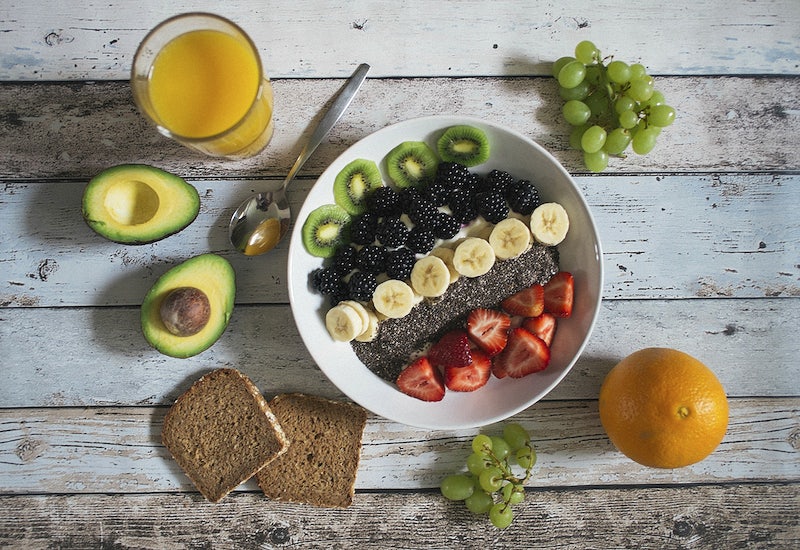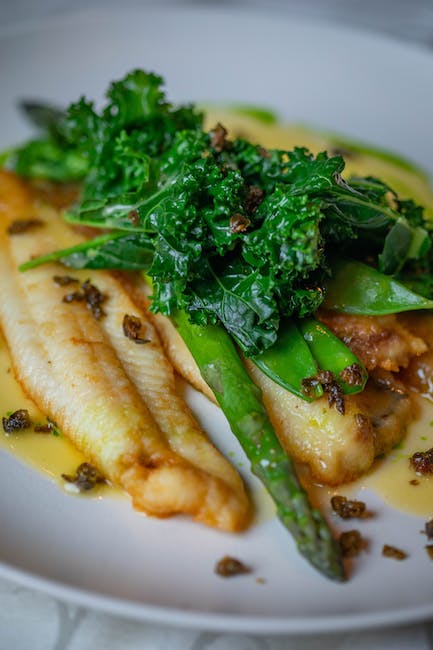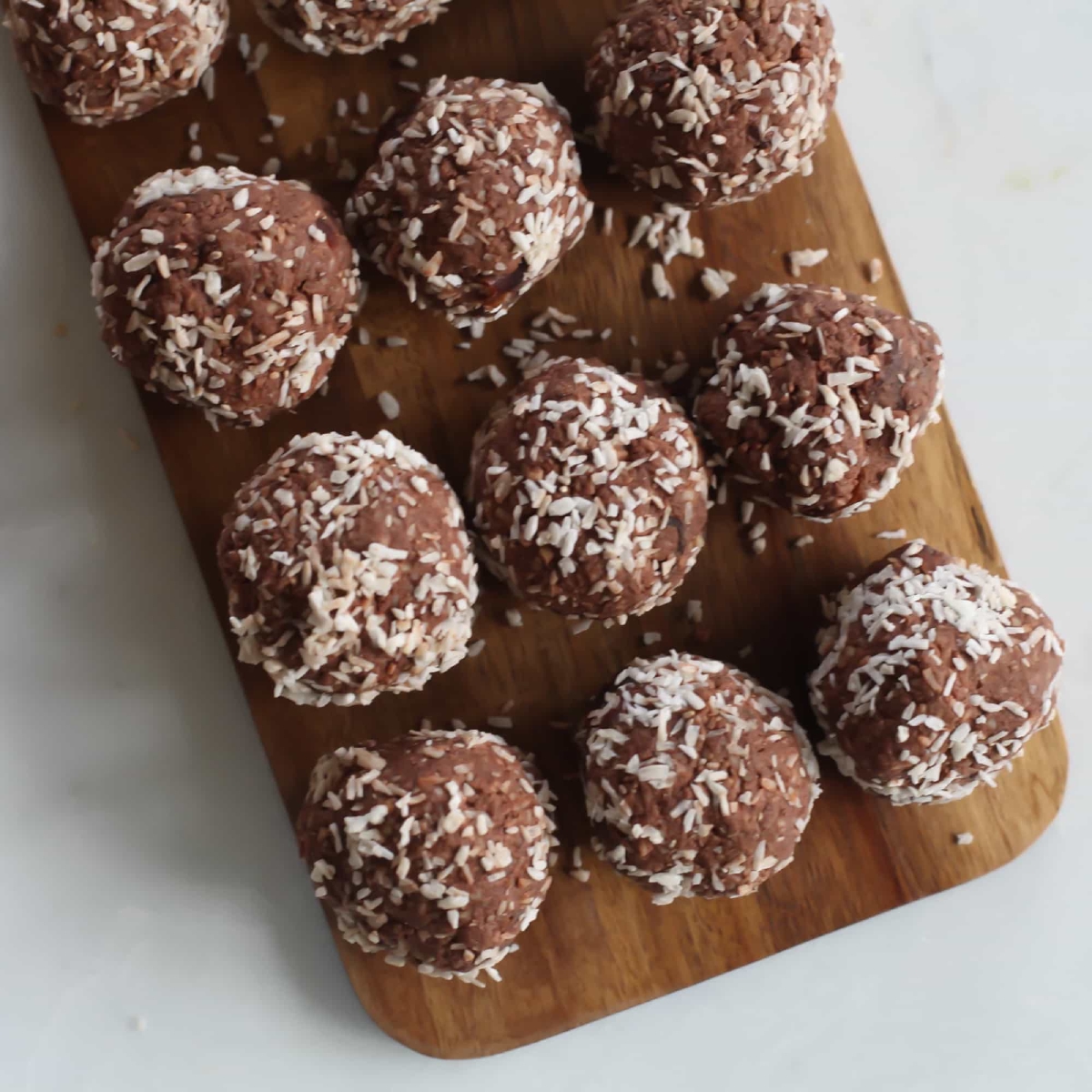Whether you’ve decided to jump into a low-carb lifestyle, or are just looking to monitor your carbohydrate intake, eating healthy foods should not be a cause of stress or confusion. To make your life a little easier, we’ve created the ultimate ‘unfussiest’ low carb food list that will help you get acquainted with the nourishing meals while keeping your carb consumption in check.
1. Nourish Your Body with These Unfussiest Low Carb Foods
When it comes to a low carb diet, the results will be worth the extra effort you put in. Cutting down on carbs doesn’t have to be difficult; a meal plan filled with the right kind of foods can go a long way. Here are some of simplest and healthiest low carb foods to nourish your body:
Vegetables: Veggies are packed with vitamins, minerals, and fiber, and play a huge role in a healthy diet. Even if they’re surprisingly high in carbs, they’ll still provide an array of health benefits. Some of the best options are spinach, kale, broccoli, and cauliflower.
Meat and Fish: Lean meats – such as chicken, turkey, or pork – are good sources of protein and low in carbs. Fatty fish – like salmon, tuna, and mackerel – also provide plenty of health benefits, including being rich in omega-3 fatty acids.
Eggs: Eggs contain plenty of nutrients and are low in carbs. They are an easy and delicious addition to many meals, providing a boost of protein and healthy fats.
With these undemanding low carb foods added to your diet, you can eat nutritiously without having to worry about carb overload. Make sure to include them in your meal plan for a low-carb lifestyle that’s easy and tasty!

2. Boost Metabolism and Cut Calories Handily
Eat Smaller, More Frequent Meals
Fuel your body little and often to get your metabolism running and regulate your energy levels. Eating several small meals throughout the day, instead of three large meals, can help direct your metabolic rate up the incline. Include a balance of healthy carbohydrates and proteins in each meal to spike your metabolism and help regulate your blood sugar levels. Snacking in between meals can also help furnish your body with essential nutrients and fuel that’ll help you get through the day until your next meal.
Prioritize Protein
A high protein intake can have a great effect on your metabolism. Protein produces up to 30% more of an energy expenditure than carbs and fats, thanks to its high thermic effect. Include a lean source of protein to every meal like eggs, fish, chicken, Greek yogurt, nuts, legumes, and quinoa to keep your metabolism burning all day long. And don’t forget to factor in those snacks—a handful of nuts or a few hardboiled eggs are great options.
Keep Hydrated
Staying hydrated is just as important as eating protein. Drinking 8 glasses of water a day, along with 1-2 cups of green tea, can really help get your metabolism in high-gear. Green tea is considered one of the best metabolism-boosting drinks out there due to its catechins, which are a type of antioxidant.
When your body is short on hydration, it’s forced to hold onto as much water as possible, which can lead to metabolic stagnation. Other beverages and foods that help boost metabolism include peppers, grapefruit, apples, lemon water, and turmeric tea. All of these are great sources that can help keep your metabolism in top shape.
3. Unfussiness and Low Carb Eating for Health
When it comes to achieving optimal health, there’s no need to overcomplicate things. Unfussiness and simple low carb eating is an effective way to start feeling better and enjoying life even more.
The beauty of low carb eating lies in its simplicity. All you have to do is replace complex carbohydrates — like processed grains and sugary foods — with healthy fats, proteins, and fibrous vegetables. In simplifying meals, you can get rid of all those unhealthy, nutrient-poor ingredients that do the body no good. It’s easier said than done, but with a bit of practice anyone can start building delectable low carb dishes.
Here are some helpful tips for optimizing health with low carb eating:
- Choose poultry, eggs, and fish. These provide an excellent source of lean protein and make for much healthier options than processed meats.
- Go for plain, non-starchy veggies. Things like broccoli, kale, spinach, asparagus, celery, and mushrooms are all great choices for providing essential fiber and minerals.
- Think unsaturated fats. When it comes to fats, look for avocado, extra-virgin olive oil, nuts, and seeds.
4. The Low Carb Shopping List to Ease Your Recipes
Living the ketogenic or low carb lifestyle, meal ingredients can become constricting. You find yourself constantly using the same few items in your pantry, making your dinner plate look anything but fresh and inviting. Refreshing your pantry and refrigerator with new ingredients gives you a world of opportunity to create new recipes and make your carbs count!
First, you want to stock up on your basics. Having a few cans of nuts and seeds on hand will give you lots of options for a crunchy topping or snack. Greek yogurt or cottage cheese will give you added protein to any of your meals. And some almond and coconut flour and natural sweeteners, such as stevia, will satisfy any sweet cravings!
For the main courses, look for fresh meats that are organic, grass-fed, and pasture-raised. This will make sure your consuming high-quality protein. Next, choose a variety of vegetables such as spinach, cauliflower, and asparagus to have a colorful plate. Plus, don’t forget to keep some liquid fats like avocado oil, olive oil, and coconut oil for cooking. Here’s a list of all the staples you need for low carb cooking:
- Nuts and seeds
- Greek yogurt or cottage cheese
- Almond and coconut flour
- Natural sweeteners such as stevia
- Fresh meats: organic, grass-fed and pasture-raised
- Vegetables such as spinach, cauliflower, and asparagus
- Liquid fats like avocado oil, olive oil, and coconut oil for cooking
By stocking up on the essential for low carb and keto cooking, you’ll have a world of possibilities right at your fingertips. Take your recipes to the next level and make sure your carbs count by creating fresh meals with your newly stocked pantry!
5. Eating Healthy Without Compromise
Length: 100-150 words.
As everyone knows, eating healthy requires dedication and effort. But there’s no need to compromise on taste. You can eat delicious meals without compromising on nutrition and health. Here are some tips to help you keep the balance between healthy meals and delicious food.
- Opt for lower-calorie meals that are still full of flavour. Natural ingredients like fresh herbs, spices, and light dressings can take your meal up a notch without adding too many calories.
- Go for whole grain dishes like quinoa and brown rice. These staples offer plenty of health benefits and are easy to incorporate into any meal. Plus, they’re tasty and filling enough to make a satisfying main meal.
- Fill your plate with a variety of plant-based foods. Fruits, vegetables, and nuts are packed with essential nutrients and are surprisingly flavorful. Plus, they’re low in calories and fat. Turn to these natural ingredients for all your meals.
Finally, don’t be afraid to experiment. Put a unique spin on your favourite dishes or try something completely new. You’ll find that eating healthy doesn’t have to be a chore. With time and a bit of creativity, you’ll find that your meals can be healthy and delicious.
6. Say Goodbye to Unnecessarily High-Carb Foods
We’ve all heard it before: processed carbs are bad for our bodies. But there are more subtle, hidden, and unnecessarily high-carb foods that can also be dangerous. That’s why it’s time to say goodbye!
To get started, take a look at the snacks you’re eating. Many ‘healthy’ snacks, such as yogurt and granola, are chock full of carbs. Not to mention quick breakfast items like bagels and even tortillas. Try to look for low-carb options instead. It’s as simple as switching out the yogurt for a handful of nuts or a piece of cheese.
Other high-carb foods you might not expect include:
- Smoothies
- Hummus
- Pizza crusts
- White pasta
- White rice
These can all be quickly replaced with healthier, lower-carb options. The key is to start reading labels more closely and become more aware of how much carbs you’re actually eating.
If you want to get healthier without having to say goodbye to some of your favorite comfort foods, we hope our list of the unfussiest low carb options has spurred you on to make healthier choices. Remember: the first step to getting healthier is always taking the plunge and cooking something savory yet low in carbs!
